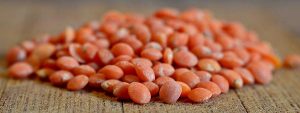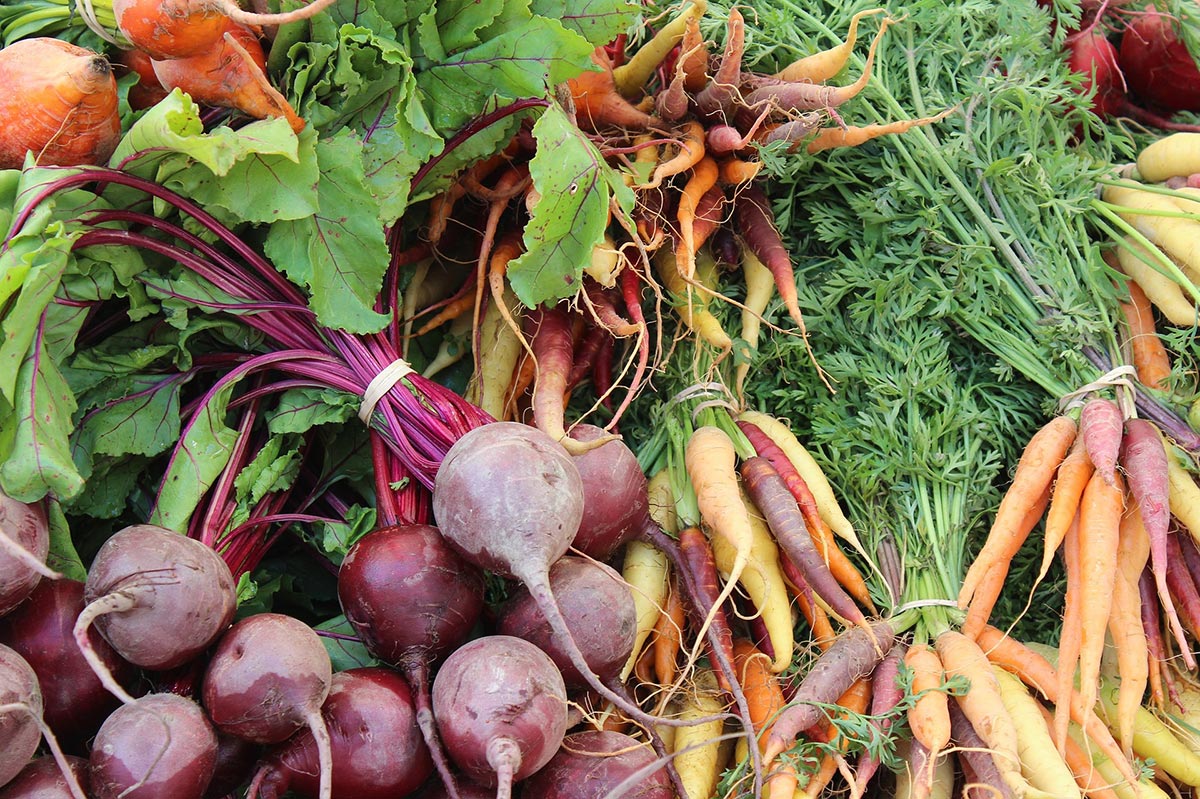
Eat Well! Fall/Winter 2019-2020

A Newsletter for Healthy Eating!
Inside this Issue:
- Feature Article: Cost of Convenience: Root Vegetables
- Food Bites: How to Prepare Winter Squash
- Kid’s Korner: Pumpkin or Squash Bread
- Ask EFNEP! Debra Spurling, Community Education Assistant, Hancock County Office
- Food Safety Corner: Safe Root Vegetable Storage
- Eat Well Recipe: Curried Lentil Squash Soup
 Looking for ways to save money on food?
Looking for ways to save money on food?
The EFNEP newsletter has always given you great ideas on how to save money on food. Now these ideas are even easier to spot. Look for this picture in the EFNEP newsletter to find great tips to save money on food. SAVE MONEY.
Featured Article:
Cost of Convenience: Root Vegetables
Amber Elwell, UMaine Dietetic Intern
The fall season is a time when root vegetables are widely available. In Maine, root vegetables are harvested between September and November. During this time, root vegetables are plentiful and at their freshest, tastiest, and lowest cost.
What are root vegetables?
Root vegetables are the underground part of the plant.
Some of the most popular root vegetables include beets, carrots, garlic, onions, sweet potatoes, white potatoes, turnips, and parsnips.
Root vegetables are high in fiber, low in calories, and high in vitamins A, C, and folic acid.
Root vegetables tend to be less expensive in the fall and winter compared to other vegetables that are no longer in season.
| Item | Price |
|---|---|
| Whole butternut squash | $0.79/pound |
| Frozen cubed butternut squash | $1.27/pound |
| Peeled and cut butternut squash | $5.49/pound |
| Whole onion | $1.49/pound |
| Frozen diced onion | $1.99/pound |
| Fresh diced onion | $7.97/pound |
| Whole potatoes (Russet) | $0.69/pound |
| Frozen potatoes in a steamer bag | $2.96/pound |
| Canned whole potatoes | $0.90/pound |
| Whole carrots (#5 bag) | $0.79/pound |
| Baby carrots | $1.99/pound |
| Canned, sliced carrots | $0.93/pound |
| Frozen carrots | $1.49/pound |
| *Based on prices in local grocery stores in northern and southern Maine in October 2019. | |
Price Comparison for Root Vegetables
Whole, fresh root vegetables are usually less expensive when compared to root vegetables that have been processed. For more information about storing root vegetables, check out the Food Safety Corner article in this newsletter.
Sources
- Rodgers DR. Food Preservation. Back to Basics, Lesson 1. University of Alaska Fairbanks Cooperative Extension Service. 2013
- Bulletin #4331, Ideas for Planning Thrifty Menus. The University of Maine Cooperative Extension.
Food Bites
How to Prepare Winter Squash
Kate Yerxa, Extension Educator
 Acorn, butternut, buttercup, Hubbard, and spaghetti are all different varieties of winter squash. The thick and tough outer skin of winter squash can make it difficult to prepare. The steps below will make using winter squash easier.
Acorn, butternut, buttercup, Hubbard, and spaghetti are all different varieties of winter squash. The thick and tough outer skin of winter squash can make it difficult to prepare. The steps below will make using winter squash easier.
- Wash squash under running water and dry with a clean towel.
- Pierce the squash several times with a sharp knife and place on a microwave-safe plate or dish.
- Microwave the squash on high for 6-8 minutes. Allow it to cool enough to be touched.
- Cut off the top inch of the squash including the stem, and discard the stem.
- Cut the squash in half. Scoop out the seeds with a spoon.
- Place the two halves face down on the microwave-safe plate or dish with ½ cup of water. Microwave on high for 5 minutes. Check if the squash can be easily scooped with a spoon. If not, cook another 3-5 minutes or until the flesh is the texture of a cooked potato. Set aside to cool.
- Once the squash is cool enough to touch, dice the squash with a knife without cutting through the skin and scoop out the diced pieces. Or scoop out the flesh and mash with a fork.

This material is provided by Iowa State University Extension and Outreach. For more tips like this, visit the Iowa State University Extension and Outreach website.
 Kid’s Korner:
Kid’s Korner:
 Pumpkin or Squash Bread
Pumpkin or Squash Bread
Pumpkin or squash breads are healthy and delicious fall treats!
Be sure to supervise children in the kitchen, especially around knives and the oven!
Ingredients
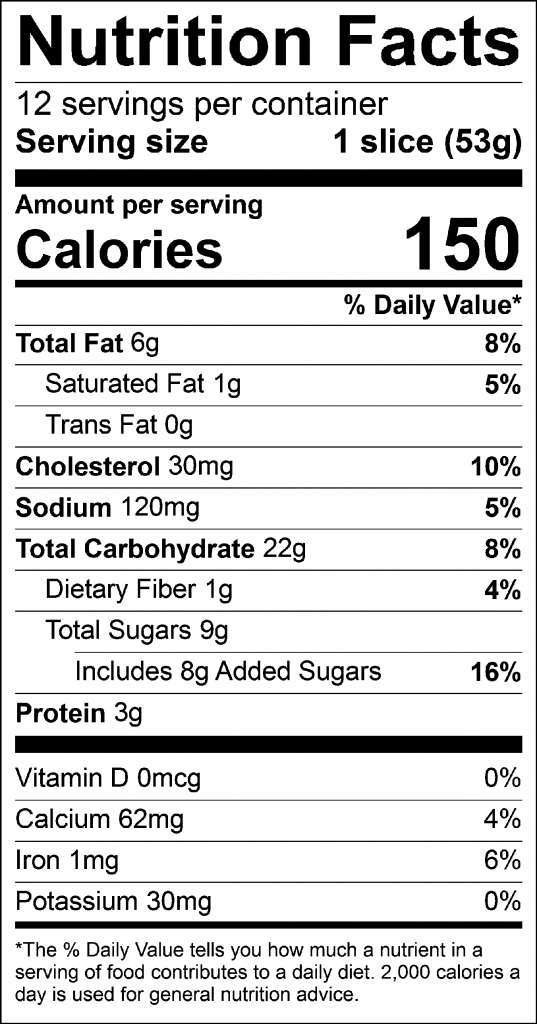 ½ cup sugar
½ cup sugar- ¼ cup vegetable oil
- ¾ cup pumpkin or squash purée
- 2 eggs
- 1½ cups flour
- 1 teaspoon baking powder
- 1 teaspoon baking soda
- 1 teaspoon cinnamon
- ½ cup raisins (optional)
- ½ cup chopped nuts (optional)
Directions
- Wash hands with soap and water.
- Preheat oven to 350⁰F.
- In a large bowl, beat together the sugar, oil, pumpkin or squash and eggs. Wash hands after handling eggs.
- In a medium bowl, stir together the flour, baking powder, baking soda, and cinnamon. Fold this into the other mixture just enough to moisten the dry ingredients.
(Optional: Stir in the raisins and nuts). - Pour the batter into a greased 9-inch x 5-inch loaf pan.
- Bake for 50-60 minutes or until a toothpick inserted in the center comes out clean.
Makes 12 servings
Serving Size: 1 slice
Cost per recipe: $1.77
Cost per serving: $0.15
Ask EFNEP!
Debra Spurling, Community Education Assistant, Hancock County Office
 Debra has worked for the University of Maine Cooperative Extension’s Expanded Food and Nutrition Education Program in Hancock County for 23 years. She lives with her husband on Mount Desert Island in the house where she grew up. She enjoys gardening and supervising her husband on their home improvement projects.
Debra has worked for the University of Maine Cooperative Extension’s Expanded Food and Nutrition Education Program in Hancock County for 23 years. She lives with her husband on Mount Desert Island in the house where she grew up. She enjoys gardening and supervising her husband on their home improvement projects.
Q. There are so many types of winter squash in Maine, what is the difference between them?
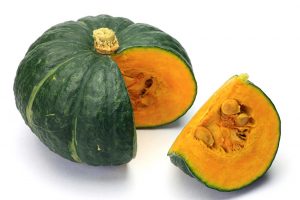 A. Winter squash vary in size, shape, the thickness of skin, and texture of their flesh. Below are a few of my favorite winter squash, their flavor, and how to use them.
A. Winter squash vary in size, shape, the thickness of skin, and texture of their flesh. Below are a few of my favorite winter squash, their flavor, and how to use them.
Flavor and Best Way to Use
- The acorn squash gets its name because it looks like an acorn. Acorn squash doesn’t need to be peeled before preparations because it has smooth flesh that turns sweet, nutty, and tender when baked.
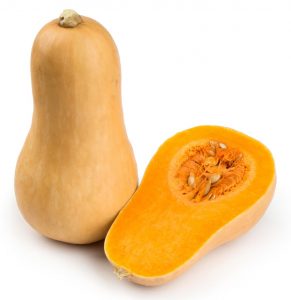 Butternut squash is one of the most popular types of winter squash. Butternut squash has a mild, sweet taste. It is eaten puréed and is great sliced or cubed, steamed or roasted.
Butternut squash is one of the most popular types of winter squash. Butternut squash has a mild, sweet taste. It is eaten puréed and is great sliced or cubed, steamed or roasted.- The delicata squash also has thin skin that becomes very tender when cooked. The flesh is creamy with a sweet, corn-like flavor. Roast or saute slices with the skin on.
- Hubbard squash are large in size and have bumpy, extra-thick skins. The flesh is sweet and tender when cooked. Steamed Hubbard squash makes a great addition to soups and pies.
- Spaghetti squash is best known for its stringy, spaghetti-like flesh. Cook until the flesh is tender and can be pulled apart with a fork to make spaghetti-like strands. Then combine with different sauces, meats, or other vegetables, as you would pasta.
Food Safety Corner:
Safe Root Vegetable Storage
Kate McCarty, Food Preservation Professional
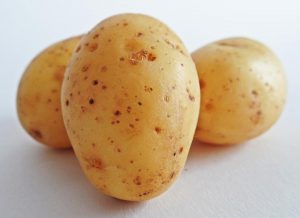 Root vegetables, such as potatoes, carrots, parsnips, and turnips, can be used in many ways. In the fall when these vegetables are ripe they cost less and can easily be kept for later use.
Root vegetables, such as potatoes, carrots, parsnips, and turnips, can be used in many ways. In the fall when these vegetables are ripe they cost less and can easily be kept for later use.
To store root vegetables:
- Choose fresh, ripe vegetables with no signs of rot.
- Do not wash vegetables before storing them. Wash them before using them.
- Store root vegetables in a cool, dry place in bags or boxes.
- Check often and throw away vegetables that are soft or rotten.
- Use vegetables within 6 to 9 months.
For more information
Download a free copy of Bulletin #4135, Storage Conditions: Fruits and Vegetables, or request a copy from your local county University of Maine Cooperative Extension office.
For videos and workshops on how to store root vegetables, visit the UMaine Cooperative Extension Food & Health website.
What Causes Green Potatoes and are they Safe to Eat?
The green color often seen on potatoes is caused when they are exposed to light. Light causes potatoes to make chlorophyll and also solanine. Solanine has a bitter taste and is irritating to the digestive system. If solanine is consumed in large quantities it can cause paralysis. If potatoes taste bitter, do not eat them.
Small green spots and sprouts or eyes should be completely trimmed off potatoes. Do not use potatoes that have more than small spots of green color. Do not use any green potatoes, trimmed or not, if you are serving children. Children weigh less than adults and would be more susceptible to solanine.
To prevent potatoes from turning green, store them in a cool, dark space that has good air circulation. Avoid purchasing potatoes that have already started to turn green.
Adapted from the Michigan State University/MSU Extension website.
 Eat Well Recipe:
Eat Well Recipe:
Curried Lentil Squash Soup
Ingredients
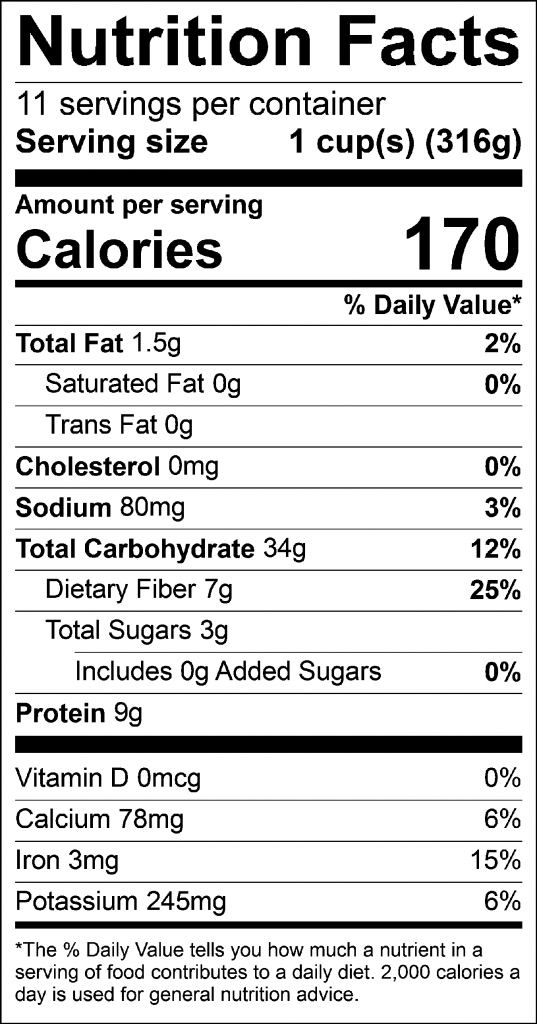 1 teaspoon vegetable oil
1 teaspoon vegetable oil- 1 large onion, diced
- 4 cloves garlic, minced
- 1 tablespoon fresh grated ginger, or 1 teaspoon of ground ginger
- 3-4 cups winter squash, peeled and cut into 1-inch pieces
- 2 tablespoons curry powder
- 4 cups low sodium vegetable or chicken broth
- 1½ cups water
- 12-ounce package dry red lentils
Directions
- Wash hands with soap and water.
- In a stockpot or large soup pot, heat oil over medium heat and sauté onions, garlic and ginger for 3 to 4 minutes.
- Add squash and curry powder and sauté 5 minutes.
- Add stock and water, bring to a boil and reduce to a simmer for 10 minutes.
- Stir in lentils and cook 15-20 minutes, until lentils and squash are soft.
- Optional: Purée in a blender or mash with a potato masher.
Makes 11 Servings
Serving Size: 1 cup
Cost per Recipe: $7.01
Cost per Serving: $0.64
The EFNEP newsletter is published two times a year for current, past, and future UMaine Extension Expanded Food and Nutrition Education Program participants. For more information on the EFNEP program, contact your UMaine Extension county office.
Managing Editor: Kate Yerxa, MS, RD
EFNEP Committee: Kathleen Savoie, MS, RD, Extension Educator; Kate Yerxa, MS, RD, Extension Educator; and Brenda Bracy, Community Education Assistant.
This material was funded by the National Institute for Food and Agriculture’s (NIFA) Expanded Food and Nutrition Education Program (EFNEP).
Information in this publication is provided purely for educational purposes. No responsibility is assumed for any problems associated with the use of products or services mentioned. No endorsement of products or companies is intended, nor is criticism of unnamed products or companies implied.
© 2019
The University of Maine is an EEO/AA employer, and does not discriminate on the grounds of race, color, religion, sex, sexual orientation, transgender status, gender expression, national origin, citizenship status, age, disability, genetic information or veteran’s status in employment, education, and all other programs and activities. The following person has been designated to handle inquiries regarding non-discrimination policies: Director of Equal Opportunity, 101 North Stevens Hall, University of Maine, Orono, ME 04469-5754, 207.581.1226, TTY 711 (Maine Relay System).

